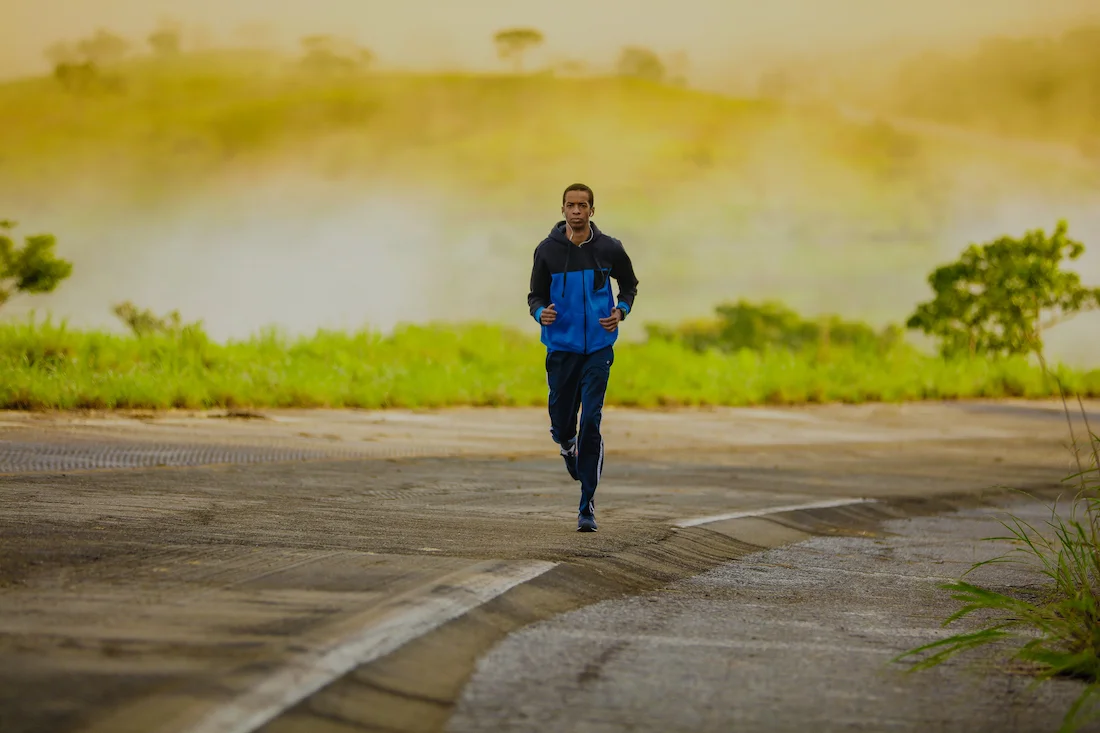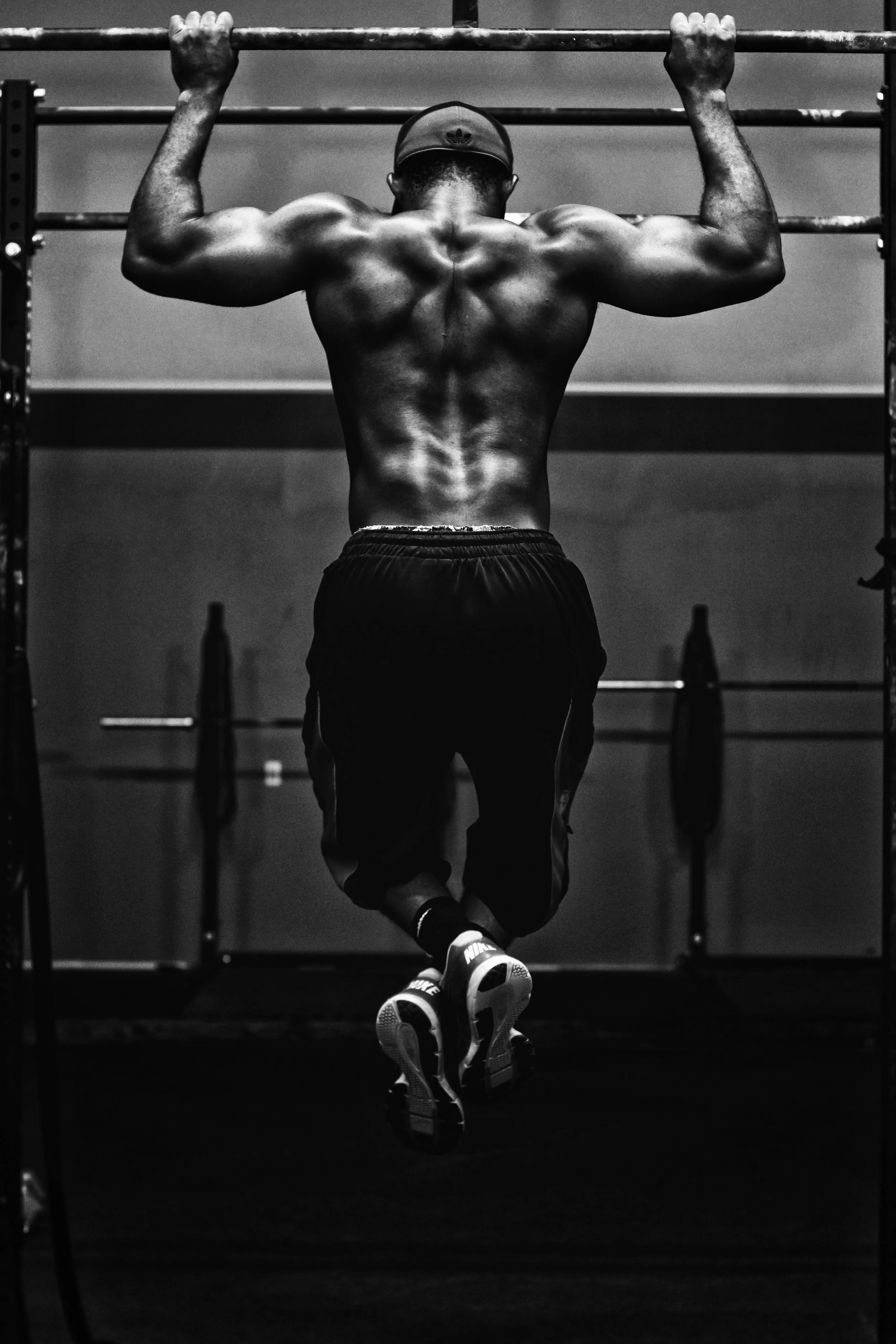The date on my calendar was approaching and my fear was growing…
Weeks earlier I had told my mentor and friend, Bill Eckstrom, about the project I was working on to help professionals flip anxiety from a negative emotion into a positive ally in helping them perform at their best.
It can feel like you’re drowning.
No matter what you do, no matter how hard you work, no matter what productivity strategies you try; you just can't seem to find enough hours in the day.
I knew that feeling well. But I was able to escape the quicksand over the last year through one simple rule:
Work one fewer hour each day.
No, this isn't going to be one of those posts about how you need to rest more – I didn't escape 'the quicksand of not enough hours in the day' by taking that hour off.
I did it by devoting that one hour to automation.
If it ain't broke, don't fix it.
That's what former Marine, Erik Therwanger, told me about the approach to leadership that he learned in the Marines.
It's also the foundation of his 90 day run.
The concept is incredibly simple – the US military has a long history of teaching young men and women how to become the best version of themselves in just 90 days.
So why not apply that same methodology to the civilian world as well?
Millions of years ago, humans were weak and vulnerable creatures.
Compared to other mammals, we weren't strong...
We weren't fast...
We didn't have sharp teeth...
We couldn't fly...
So how did we not only survive but make it out of the food chain?
Imagine that you and I went back 100 years to a time when cars were first made available to the average person.
It's an exciting time.
This disruptive change in technology has given us the freedom to reach destinations beyond what we dreamed possible.
**But there's a catch.**
In 1979, Howard Putnam, CEO of Southwest Airlines, faced an extremely difficult decision—how should he run the company in a newly deregulated market.
Other airlines were scrambling to come up with new business models. But Putnam determined that the effects of deregulation, while significant, would not call for a radical change to Southwest’s business model.
So instead of proposing change, Putnam listed Southwest’s “recipe” for growth.
His heart was racing, his hands were sweaty and he knew this was going to be his one chance to impress the great Michael Jordan. He was not going to let this opportunity slip.
It has been called the hardest competition on the planet.
The Insight Race Across America, also known as RAAM, is a 3,000-mile non-stop bike race from one end of the United States to the other – more than 36% longer than the Tour de France.
But as the cyclists did their final preparations for the 2004 race, their fear was not the pain they would face over the full week of biking. Their fear was of the seemingly inhuman winner of last year’s race, Jure Robic.
In 2001, Joe DeSena, the founder of The Spartan Race, was in a car accident that ripped his hip out of his socket.
After his injury, the first 4 doctors he met with said that he would never be able to run again. This news devastated Joe. He was an athlete all of his life and could not imagine never running again.
So Joe refused to accept that fate. He decided that he was going to do everything he could to be able to run again. This made him hyperfocused. He was going to prove doctors wrong, and to prove that his will was unbreakable.
When he was 12 years old, Kobe Bryant was about to give up basketball forever.
He just completed his summer basketball camp and was going home a disgrace. He thought it would be the beginning of a flawless journey to becoming the star NBA player that we all know today – especially because his father, Joe Bryant, played in the National Basketball Association (NBA) for 8 years before playing his final 6 years in Italy.
During those 6 years in Italy, the Bryant family fully embraced the culture. This included Kobe playing soccer for most of his youth and showing a lot of promise in the sport.
The sun was beating as I was nearing the end of the Spartan Race in Monterrey, California.
Okay, I’ve got to be somewhere near the top 15.
Over 6000 participants showed up to take on the course that was a full 13 miles of mountain terrain and obstacles. Several obstacles included having to carry heavy bags and buckets up extremely steep hills.
Procrastination is a writer’s greatest enemy.
We have the almost cruel fate of having a blank canvas on which to paint every day. We do not have a 9-5 working schedule. We don’t have a boss. Many of us don’t even have clients to meet on a regular basis to add some sort of structure to the day.
We have nothing but time, a keyboard and a deadline.
With all of this unstructured time, it is becomes extremely hard to focus. One writer who struggled greatly with this was Raymond Chandler, the author of The Big Sleep.
t was January 2014 and I was in complete agony.
One week earlier I had set a new diet plan for myself. I was slowly starting to climb the ranks of the Spartan Race and I needed something to give me an extra edge.
A friend of mine who owns a gym suggested that I try a new thing called the “Paleo Diet for Athletes”. It was a relatively new diet at the time – at least for use by athletes – and it was completely non-conventional.
It advocated that I cut what were the staples of my diet – pasta, oatmeal, peanut butter, etc. – and replace them with non-processed foods like meat, fruit and nuts.
The clock has just struck 5pm on Wednesday and Susan takes a look at her gym bag.
"Ugg. There is no way I'm going to be able to make it to the gym tonight."
Susan is on an 8-week exercise program. She has been trying to create a regular exercise habit for years now, but no matter how hard she tries, nothing ever works.
The walk to the gym.
It was a walk I had been doing for over 2 and a half years as I had been training for the Spartan Race. In my first race in October 2012, I finished in 334th. But after over 2 years of hard training I had worked my way up to finishing 7th – a mere 2 spots away from becoming a sponsored athlete.
“What can I do I set myself up for success?”
A simple question that was asked by one of the subscribers to Willpowered.
My answer – it’s all about getting the morning routine right.
Think about willpower like a phone battery. You charge it overnight while you sleep, then wake up to a “full battery” in the morning. Then throughout the day as you use willpower to eat healthy, be productive at work, and finally get around to cleaning, you use up your “battery”.
"Hard work beats talent when talent doesn't work hard."
In sports, as in life, some people begin life with a head start. They are born with more talent, more money, more connections, etc.
In professional sports, you may find some athletes that have become successful purely because they are gifted physical specimens. They have phenomenal strength, speed and the game they play just comes natural to them.
But this this talent can only take them so far.
“I don’t need this.”
That’s what I told myself in 2011 when I had decided that I was going to officially end any relationship with physical exercise. I was convinced that I no longer needed it. I was beginning to learn more about what I was really passionate about – psychology, writing and becoming an entrepreneur.
So why spend time on exercise?
“We are what we repeatedly do. Excellence, therefore, is not an act, but a habit.” – Aristotle.
Success is a lot of small things done well, day after day.
What seems like an overnight success is usually a very long time in the making. It is from people who establish the right habits, then execute them over and over.
So I wanted to share with you the top 10 habits that have been scientifically proven to give you incredible willpower!
In the mid-1990s, the San Francisco 49ers were having a basketball game between the 49ers team of the 1980s and the team of 1990s. It was a great pleasure for the fans to see their favorite players from each era square off in a friendly game of pick-up basketball.
Jerry Rice, who was on the 90s team, was the leading scorer before he checked out of the game in the 3rd quarter. Then he started signing autographs, taking pictures with the fans and having fun with the event. But in the 4th quarter he heard the announcer say that one of the players from the 80s had just become the game’s leading scorer.
It was Tuesday and Jim was talking to me about his cat again.
This time... he was pretty worked up. Apparently “Smokey” had been behaving badly and had clawed his favorite couch. Jim’s eyes locked into mine and his wild hand gestures swung in front of me like an over-caffeinated mom doing Zumba as he re-lived the incident. I was a prisoner to another one of his cat stories.
“He might be the world’s best ultra-endurance athlete” –The New York Times
In 2004, a man named Jure Robic won the Insight Race Across America for the 2nd year in a row. The race, commonly referred to as RAAM, is a non-stop 3,000-mile bike tour that is a full 800 miles longer than the Tour de France!
It was 35 degrees fahrenheit in the morning of October 27th, 2012. My friend and I were headed to a rural area outside of Chicago to try out this new thing called a “Spartan Race”.
Having played sports throughout school, I had always been athletic and competitive. But like many other former athletes, I had let myself go in recent years. To try to turn this around, I signed up for several 5K runs in Chicago just to stay active. I enjoyed them, but I don’t really have a “runner's body” (I played lineman in football) so I knew that I would not become elite.
“Who needs this?”
Said Joe DeSena, founder of The Spartan Race, as he was in the middle of doing an Ironman Triathlon in Utah. Joe is renowned for pushing his body to the limit, but this time he felt like he had pushed his body as far as it could possibly go. He was 10 miles into the run and he was so nauseous that he had to walk over to an ambulance to vomit uncontrollably.
Joe had all but decided that he was going to amongst those on the DNF (did not finish) list, when he saw a woman with one leg run by him. When he saw the woman pushing herself through a physical feat that many 2-legged people don’t even try, it changed his perspective. Seeing this gave him the strength he needed to run with her for the final 16 miles and finish the race!
What is the effect of physical exercise on a person’s willpower?
That’s the question researchers at Macquarie University in Sydney were trying to find out. There are, of course, many health benefits associated with physical exercise, but what does it do for our self-control?
Willpower itself is like a muscle, so can it become strengthened along with your other muscles through physical activity?
In a previous article, I wrote about how willpower is a muscle. And like all other muscles in the human body, it can get exhausted from overuse, but it can also be strengthened through practice!
Fair warning: like all practice, these workouts are not going to be much fun. After all, you will be exerting your willpower in the same way that you would exert your legs on a run. But they are scientifically proven to get you results. So although it will be difficult in the short-term, you will find that it will be easier to say no to temptations, make it to the gym and stick with your long-term goals!
Here are 5 exercises you can do to strengthen your willpower muscle!



























“I am a millennial, computer scientist, book author, standing on a TED stage, and yet I’ve never had a social media account.” - Cal Newport
I was shocked when I saw Cal Newport’s talk “Quit Social Media.“
Cal is an author that I deeply respected. His book, Deep Work, was very influential in helping me through the editing process of The Will of Heroes.
I wanted to achieve Cal’s level of success – and I thought social media was a necessary part of making that happen.
Yet, not only was social media not necessary for him now as an established author, but it was never necessary for him at all.
This opened my mind to new questions:
Maybe social media isn’t necessary – even for business owners...